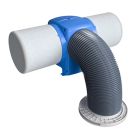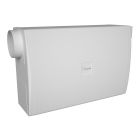Help & Advice Articles, Videos and How-to-Guides
Filter Articles
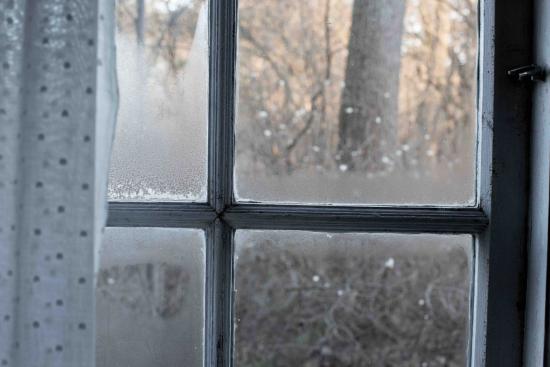
Positive Input Ventilation: The Pros and Cons
Condensation can be a real problem in your home. If left untreated, it can lead to black mould and damp, damaging furnishings and creating an unhealthy living environment. Positive Input Ventilation (PIV) can effectively eliminate surface condensation by replacing stale, moist air inside your home with fresh, filtered air. In this article, we examine what a PIV system is and how it works, as well as the pros and cons of installing one.
What is a Positive Input Ventilation (PIV) system?
A Positive Input Ventilation, or PIV system, is a ventilation unit that eliminates condensation by introducing fresh, filtered air into your home that replaces humid, moist air.
PIV units are usually installed in a loft and draw external air in through a filtration system at a continuous rate. This steady flow of fresh air is moved around the home and creates pressure that forces the stale air out of the home before it can form condensation on windows and other cold surfaces.
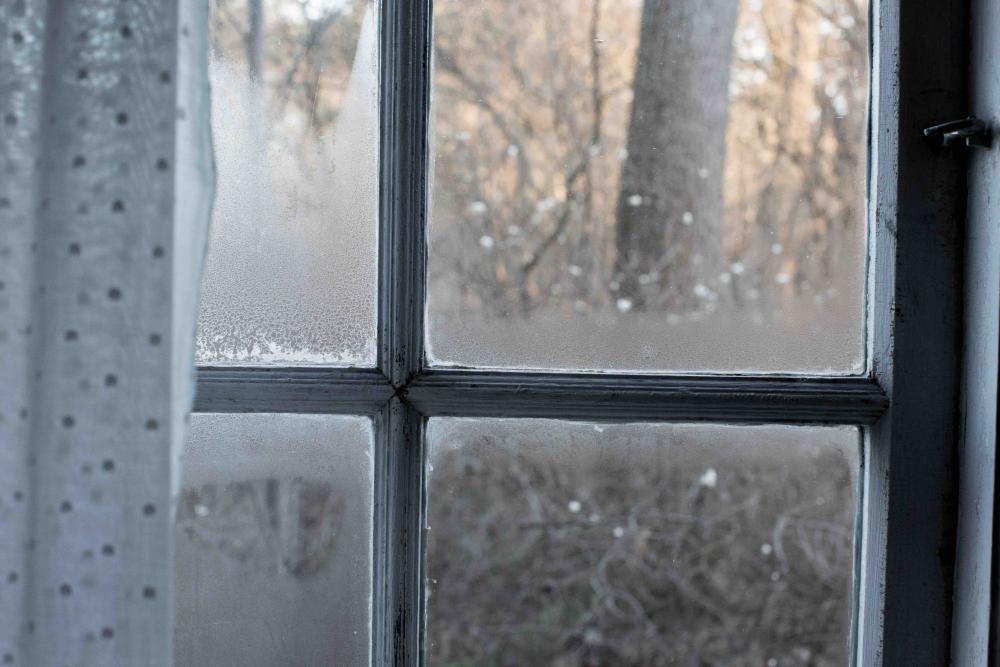
PIV also improves air quality by replacing air containing indoor pollutants like carbon dioxide with fresh filtered air. The filtration system ensures that air entering the house is free from things like traffic fumes or pollen.
Although PIV systems are traditionally installed in the loft, there are units available that can be installed in external walls so that flats and properties without a loft can still benefit from its effects. You can also buy heated models that warm the air before it is distributed around the home.
Positive Input Ventilation - the pros and cons
PIV is a great system for reducing the negative effects of condensation in most properties. In this section, we look at the pros and cons of positive input ventilation, so that you can decide if it’s the right solution for you.
The pros
- Reduces condensation: PIV is great at reducing or eliminating condensation, as it removes humid air before it can condense.
- Improves air quality: As fresh air is filtered before being distributed around the house and impure air is forced out of the property, the air quality inside your home will be improved as external and internal pollutants are removed.
- Easy to install: Quick and inexpensive to install, PIV units can usually be fitted easily by the homeowner, except for a qualified electrician connecting them up to the mains.
- Continuously operating: PIV units operate continuously and require little monitoring or maintenance. Some models have settings and controls that can be adjusted according to the weather.
- Low running cost: Modern PIV units are energy efficient, and though they can be more expensive to run than an extractor fan, they are generally cost-effective to use.
The cons
- Initial cost: There is an initial outlay for the unit. If it’s a high-end heated unit, this can run into several hundreds of pounds. However, the cost to fix a condensation issue if left untreated can be much higher.
- Potentially increased heating bills: PIV units distribute outside air around your home. In cold weather, if your loft isn’t well insulated, this may lower the temperature of your house and increase heating bills. However, the effect that a PIV unit actually has on internal temperature is negligible and you shouldn’t notice a big difference. There are also options to avoid this that we explore later in the article.
Are PIV units worth it?
As we’ve discussed, PIV units are an effective solution to condensation. Installing a unit is much cheaper than fixing issues like damp and mould. The units do require an initial outlay of cash, but they need little maintenance, and their running costs are low. Below, we explore some frequently asked questions to help determine if a PIV unit is worth it for you.
How much is a PIV system?
The cost of a PIV unit varies widely. Depending on the model and its capabilities, options range from around £300 to £1,000. Our popular Nuaire Drimaster Eco with controls mounted on the main unit costs just £329.99 including VAT. However, you’ll also need to factor in the costs of the installation and getting a qualified electrician to connect the unit to the mains.
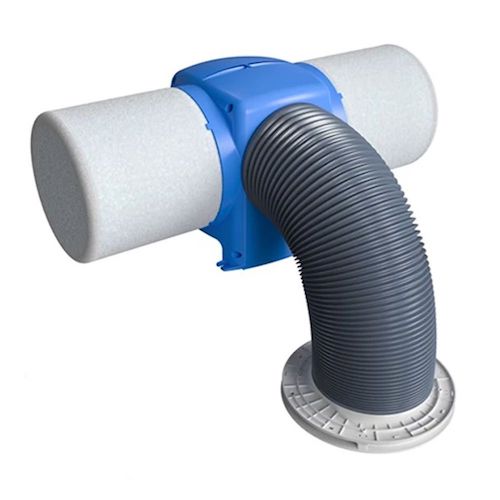
The running cost of PIV systems depends on the type of unit. An unheated unit can cost as little as 1-2p per day, or just a few pounds a year. A heated unit designed for a large house can cost up to £100 a year to operate, depending on the settings used and the amount of time it’s required to heat the air. As we’ve previously mentioned, this is far cheaper than fixing the damage caused by condensation and is less expensive than many other condensation solutions.
How long does a PIV unit take to work?
PIV units begin to work from the moment they’re installed. As an active system that runs continuously, they will exchange stale, moisture-laden air with clean fresh air as soon as they’re set up. However, depending on the size of your property, the unit installed and the level of condensation in your home, it can take time to see a significant effect. You may notice a difference in a few hours or days, but it can take a couple of weeks for severely affected areas to dry out.
Are PIV units noisy?
Installed correctly, PIV units should be almost inaudible. The system uses a fan to encourage the flow of air, but at such a low level that you shouldn’t be able to hear it operating, particularly when installed in a loft.
Does Positive Input Ventilation make your house cold?
Most manufacturers claim that PIV systems don’t make your house cold. While it shouldn’t make a significant difference, this isn’t true in all cases. PIV works by drawing in fresh air, usually from your loft. When the outside temperature is very cold and if your roof isn’t well insulated, the air being brought in will be cold too. However, the effects of this shouldn’t be severe.
To counter the introduction of cold air, heated units are available. These generally work on a thermostat and only heat the air when the temperature drops below a certain level. This avoids cold being drawn into your home and also means that energy isn’t wasted heating air in warmer temperatures.
Positive Input Ventilation vs dehumidifiers
Like PIV, dehumidifiers also work to reduce condensation. They do this by drawing in air, passing it across a cooled surface and collecting the moisture that condenses. Essentially, they trap moisture-laden air and capture the water in a collection tray.
Dehumidifier units are freestanding plug-in devices that only work in one room at a time. They are generally manually operated and require upkeep to maintain as their collection trays need to be emptied, and they need to be cleaned. They can cost a significant amount to operate if they’re constantly on in large rooms or hallways.
Choosing between PIV units or a dehumidifier depends on your individual situation and the scale of the condensation in your home. If you only have a minor condensation problem in one specific room, a dehumidifier may be the best solution. PIV systems offer a more energy-efficient solution for whole-home humidity control and require less maintenance.
PIV unit installation
Installing a PIV unit is usually straightforward, non-disruptive and relatively quick. Most units are mounted in the loft and connected to a diffuser in the hallway of the home.
If no loft space is available, units are available that can be mounted internally with air being drawn through an external wall. This version requires a hole to be made in the outside wall and is more labour-intensive to install.
All units will need to be wired to the mains power supply by a qualified electrician, but additional sensors and controls can be easily installed by the homeowner.
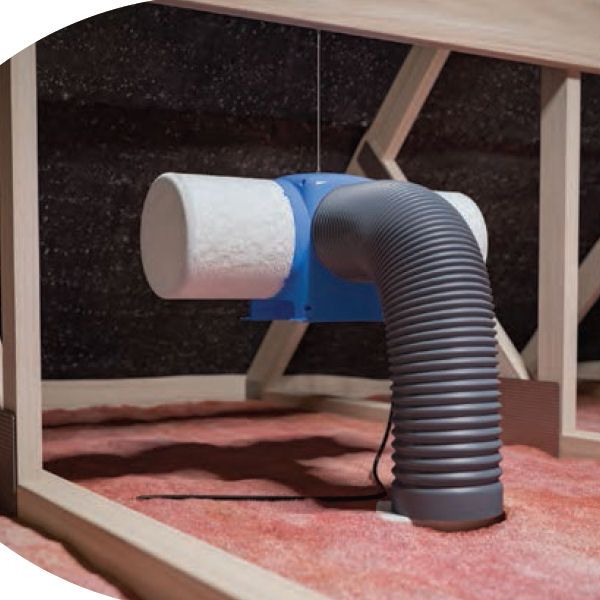
Positive Input Ventilation in properties with no loft
For flats or properties without a loft, specialised PIV units, like the Nuaire Flatmaster, can be mounted next to an external wall and ducted through it. They then draw air through the filters and input it into a central location such as a corridor to allow the air to dissipate around the property. These are designed to be unobtrusive and slimline to fit in with the decor of the flat. However, they do draw fresh air directly into the living space of the home, so a unit that heats the air, like the Nuaire Flatmaster 2000 Heat, might be necessary to avoid making the house colder in the winter months.
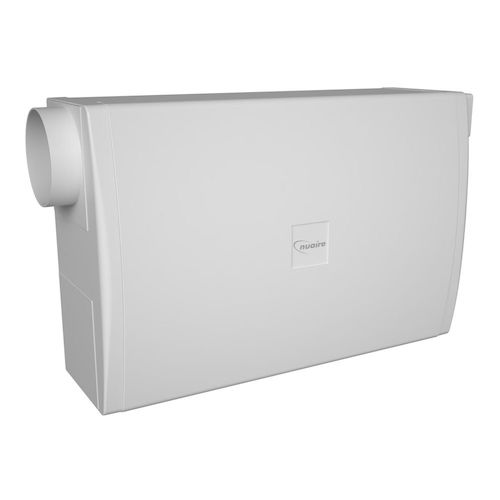
What is the best Positive Input Ventilation system for you?
The best positive input ventilation system depends on the requirements of your home. Below, we look at some of the different types of PIV units so you can decide which one is right for you.
Whole home PIV
A whole home PIV system is designed to provide ventilation around your entire home. Different models are designed to work on different-sized houses.
Whole home PIV systems are also available with and without integrated heaters. Versions without heaters are cheaper to purchase and run. However, as we’ve discussed, if the air in your loft is cold, having this redirected around your home can make the house feel colder, so a heated unit can be a good investment.
Nuaire is the original inventor of PIV and offers a wide range of different options for properties of different sizes, including ultra-energy-efficient eco models, heated versions and models with loft and hall controls. Click to browse the range.
Flatmaster PIV
A Flatmaster PIV unit is specially designed to work in a space without a loft. They are installed on the interior of the property on an external wall and draw fresh air directly inside. These are a great solution for properties with a condensation problem where traditional loft-mounted PIV units can’t be installed. However, they do draw outside air directly into the living space of the home, so a unit that heats the air, like the Nuaire Flatmaster 2000, might be needed to avoid cooling the house in the winter months.
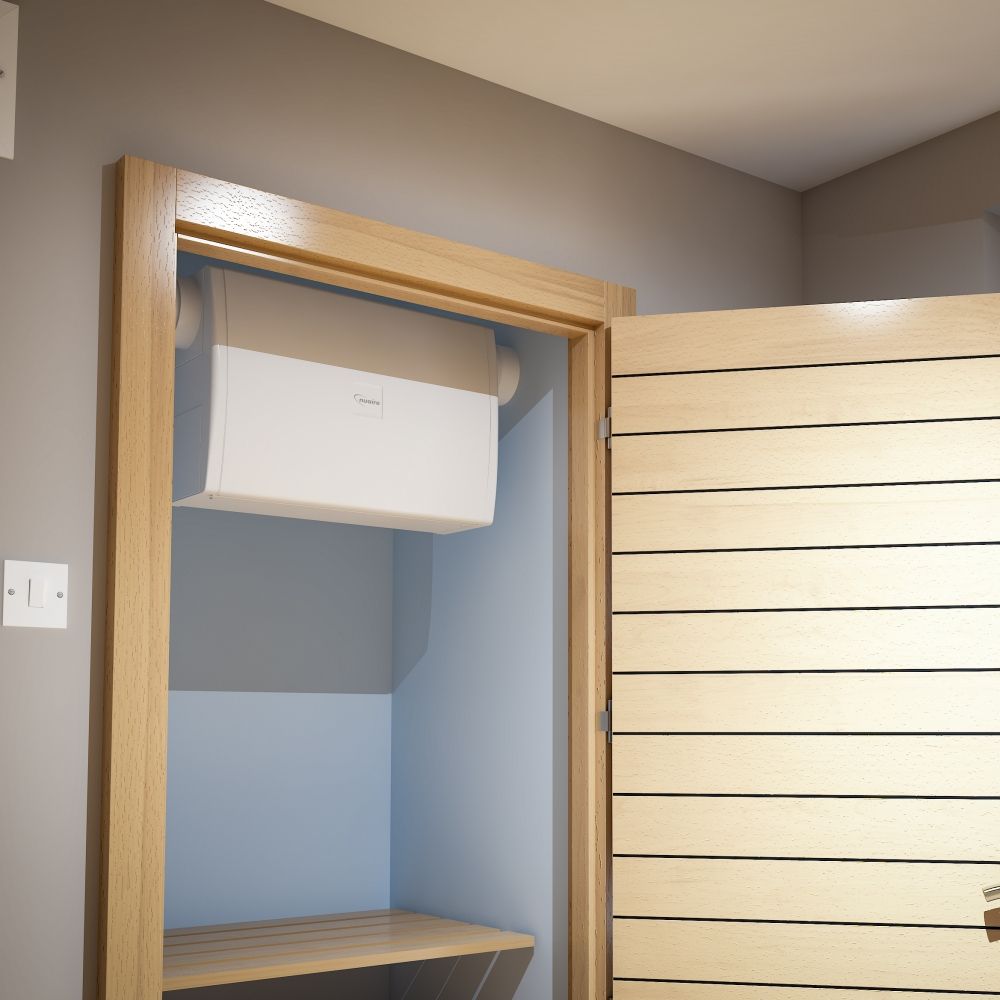
Permagard - PIV suppliers
At Permagard, we supply a wide range of PIV options. From units designed for flats to three-storey houses, we will have a PIV unit to treat your condensation problem.
For more information or to learn more about any of our positive input ventilation products, get in touch by calling 0117 982 3282 or emailing us at [email protected].
For more information on stopping condensation, see our guides on how to get rid of condensation and how to stop condensation on windows.

